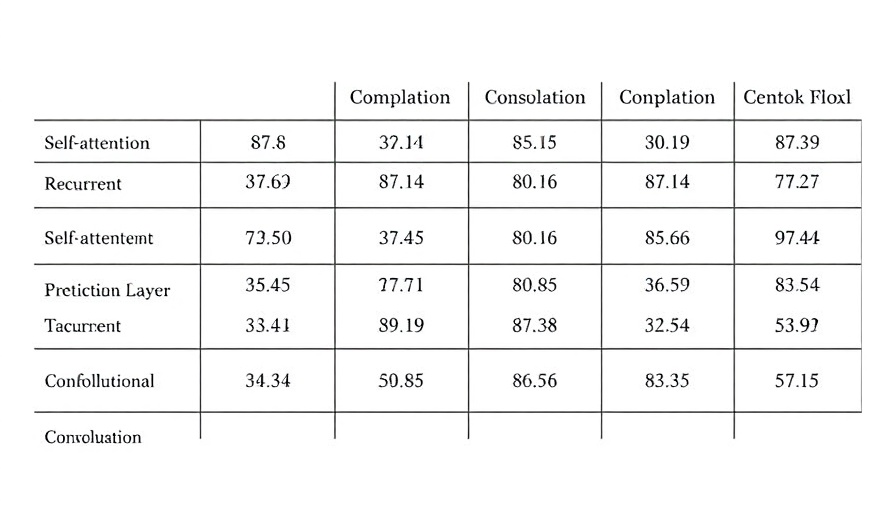
Vision Transformers vs CNNs: A Game Changer in Computer Vision
Artificial intelligence has transformed various sectors, with the field of computer vision only beginning to scratch the surface of its potential. Today, we explore Vision Transformers (ViTs) as a revolutionary alternative to Convolutional Neural Networks (CNNs) and how they are shaping the landscape of image recognition and processing.
Revolutionizing Image Processing
Traditionally, CNNs have been the go-to models for image-related tasks, handling everything from facial recognition to automated clinical diagnoses. However, recent research indicates that ViTs are emerging as a formidable contender, demonstrating superior accuracy and efficiency in various scenarios.
One notable study compared ViTs with deep CNN models in classifying X-ray images. The findings revealed that ViTs outperformed their CNN counterparts in terms of accuracy while also requiring less memory—an essential consideration for organizations managing vast datasets.
The Technology Behind Vision Transformers
Unlike CNNs, which rely on convolutional layers to detect local patterns before aggregating them, ViTs divide images into patches. These patches are treated independently, allowing the model to capture long-range dependencies between parts of the image. This method enables enhanced feature extraction while also maintaining robustness against variations like distance and occlusions, making ViTs ideal for real-world applications.
As demonstrated in a comprehensive evaluation of face recognition tasks across five unique datasets, ViTs provided consistent performance, outperforming CNNs in challenging scenarios—particularly those requiring high accuracy under various lighting, distance, and occlusion conditions. This resilience is an essential quality for industries where precision is paramount, such as healthcare and security.
Competitive Edge of Vision Transformers
ViTs showcase several key advantages over CNNs:
- Flexibility: Capable of processing diverse tasks, ViTs excel across various datasets, demonstrating adaptability in different contexts.
- Reduced Computational Load: The model's unique architecture allows for smaller memory footprints, enabling faster training and inference times. This means businesses can leverage AI solutions more cost-effectively.
- Parallelization: ViTs operate in a highly parallelized manner, making them more efficient for large-scale operations—a significant benefit for organizations scaling their digital transformation efforts.
Future Predictions: A Shift in Paradigm?
As organizations increasingly adopt digital solutions, the competition between ViTs and CNNs is poised to escalate. Given their capacity for complexity and accuracy, experts predict that ViTs will become the preferred architecture for emerging computer vision applications. The effectiveness of ViTs in real-world scenarios, combined with their growing ease of implementation, may lead to an industry-wide shift.
Implications for Digital Transformation
For executives and decision-makers working within fast-growing companies, understanding the capabilities and advantages of ViTs is essential. Incorporating advanced models into your business strategy not only enhances efficiency but also significantly improves user experience. Utilizing ViTs can enable better analytical insights from visual data, positioning your organization ahead of the curve in an increasingly competitive marketplace.
While limited studies investigate ViTs comprehensively, the trajectory points towards their significant role in redefining how machine learning processes visual data. As ongoing research continues to unveil their potential, staying abreast of these developments is crucial for maintaining a competitive edge.
Take Action: Invest in the Future
As we stand on the brink of this new technological frontier, it's vital for organizations to consider integrating Vision Transformers into their machine learning workflows. The potential benefits are immense—from enhanced accuracy to better operational efficiency—unlocking a new realm of possibilities in image recognition and processing. Staying ahead means not only investing in AI tools today but also understanding the foundational technologies that will shape tomorrow.
 Add Row
Add Row  Add
Add 




Write A Comment